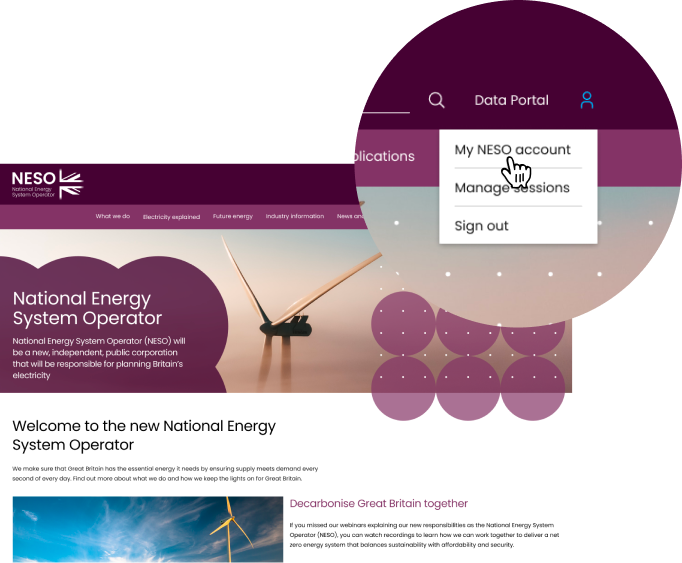GB Inertia Forecasting
Project summary
One of the primary inertia tools used by the ESO, forecasts inertia 24 hours ahead, but only for regions where Phasor Measurement Units (PMUs) enable inertia measurement.
| Name | Status | Project reference number | Start date | Proposed End date |
|---|---|---|---|---|
| GB Inertia Forecasting with Regional Extrapolation | Live | NIA2_NGESO048 | Dec 2023 | Jun 2024 |
| Strategy theme | Funding mechanism | Technology | Expenditure | Third Party Collaborators |
|---|---|---|---|---|
| Net zero and the energy system transition | NIA_RIIO-2 | Digital Network, Measurement, Modelling | £158,000 | Arup, Energy Systems Catapult, Icebreaker One, GE Digital |
This project will investigate potential solutions for an inertia forecast model for England and Wales ahead of installations of PMUs in these regions, by using the inertia metering data from installed measurement units in Scotland to tune and verify models. These models built on Scottish PMU data would be fed with inertia predictor data (such as demand, synchronous and inverter-based generation levels) for the remaining regions of GB in order to provide inertia forecasts for the whole GB system.
Benefits
Review of the existing inertia forecasting algorithm will enable development of an algorithm that provides inertia forecasts for the whole of GB, the project will explore improvements to the inertia forecasting for the existing Scottish model. Improved inertia forecasts for GB can be incorporated into operational decisions related to response and reserve holding, such as Dynamic Containment (DC), as well as control room decision related to plant holding for inertia. Through development of a forecast for the whole of GB, the potential ability to forecast regional inertia for those without PMU monitoring may also be realised.
Outcomes
Training new models on Scotland area highlighted potential improvement for inertia forecasting of Scotland area inertia, especially when using TSMixer model. More investigation and refinement of the technique might be beneficial in future, especially as PMUs will become more available in other areas.
Extending the inertia forecasting to England and Wales by using a model build with Scottish data did not prove yet to be performing well.
Lessons Learnt
- Regional behaviour differences between Inertia & predictors have been highlighted during the process
- Dataset: at the time this progress report was done, data availability was limited. Having access to a more extended dataset (12-15 months) would be more beneficial for this type of analysis
- It would be beneficial to obtain any amount of labels (actual inertia values) data for the other regions. Even a very small amount (a couple hours/a day/an event) of inertia values for a given region can significantly reduce the magnitude of problem.
| Name | Published |
|---|---|
| NIA Project Registration and PEA Document | 15 Dec 2023 |
| Annual Progress Report | 25 Jul 2024 |
| Progress Report Additional Material | 25 Jul 2024 |
| GB Inertia Forecasting public report | 28 Oct 2024 |
| Close Down Report | 26 Aug 2025 |
